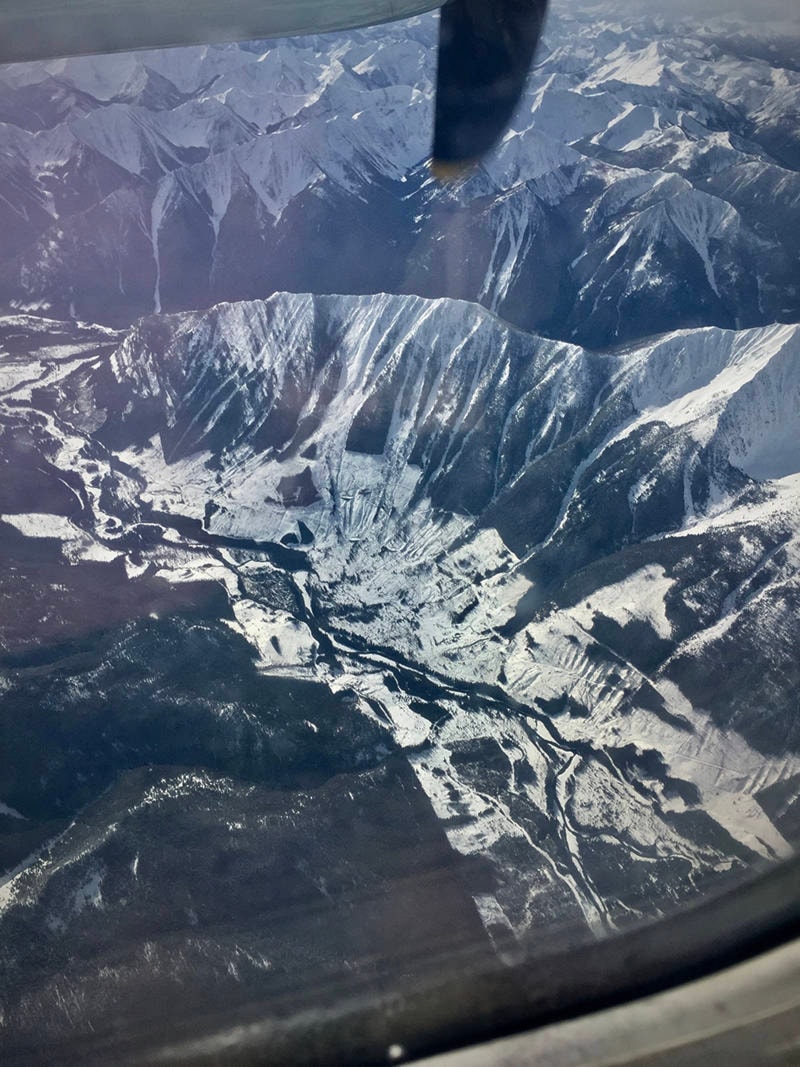Environmental conservation group Wildsight has said they’ve received calls from concerned conservationists and recreationalists about logging on private land, and resulting impact on wildlife habitat, that took place over this past winter in the St. Mary’s Valley.
According to the group, although the Union of BC Municipalities, environmental groups and private forest land owners have made their concerns known to the provincial government, large-scale logging on private land holdings has continued.
Wildsight also said that the recent logging has degraded a significant recreation trail that is managed as a provincial recreation trail. According to the press release, the Pyramid Creek trail sign was destroyed and the trail rendered impassable due to logging debris and trees blown over onto the trail by the wind.
A long-standing agreement with landowner Mike Jenks preserved the trail over the last several years, but recent logging has now destroyed the trail head. Wildsight said that according to Jenks the trail area will be cleaned up now that logging has been completed.
The St. Mary’s valley allows for east-to-west and north-to-south movement for wildlife through the low-elevation valleys that meet at the confluence of the three forks in the river. White Creek and the St. Mary’s River are also important spawning areas for the Westslope Cutthroat Trout.
“We cannot continue to degrade habitat and then be surprised to see the steep declines in fish and wildlife populations,” said Wildsight conservation coordinator Eddie Petryshen.
According to Wildsight, the provincial government has been reviewing the rules regulations and systems in place to govern private land logging under B.C.’s Private Managed Forest Lands Act, but as of yet no action has been taken to slow the removal of forests on private lands.
Jane Walters, RDEK Area E director and resident of the St. Mary Valley, says she has driven up towards the fork at Redding Creek and agrees that the logged areas are “a god-awful mess”.
“They have really just stripped it,” she said.
But unfortunately, the rules for private land logging are not the same as those for Crown land, she says.
“I have been pushing for years, with both the BC Liberal and now NDP governments, to put the same rules on private land as on Crown land,” Walters said. “They have chosen not to.
“So there is nothing the Regional District can do but keep pushing and I have been.”
As a resident of the valley, Walters said that she can say that the wind has increased at least two fold since the logging began.
Walters urges people concerned about the private land logging to lobby the provincial government for change.
“Regulations for private land logging are minimal and don’t require that community needs or trails or important habitat for wildlife be considered,” Petryshen said. “B.C.’s regulations for logging on private land are so weak that we’re not only seeing trails and local recreation areas get damaged, we’re seeing streams and wetlands damaged, huge clearcuts, and a rapid rate of deforestation across the landscape. Because the East Kootenay has some of the largest private forest land holdings in the province, wildlife in the region is being significantly impacted.”
“Our communities need better regulations and more community input into what happens in our forests,” he continued. “It’s time for the Province to implement environmental protection measures on private forest land at the very least the same as they do on Crown land.
“It may be possible to replace the trail signs or remove the logging debris from the trail, but you can’t bring back the old growth cedars or larches that were cut or replace a fish spawning area. We need the province to protect these irreplaceable values.”
paul.rodgers@kimberleybulletin
Like us on Facebook and follow us on Twitter
